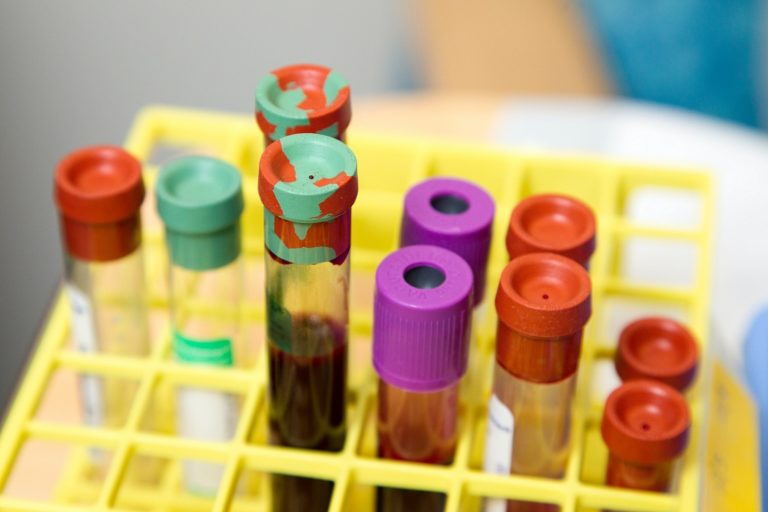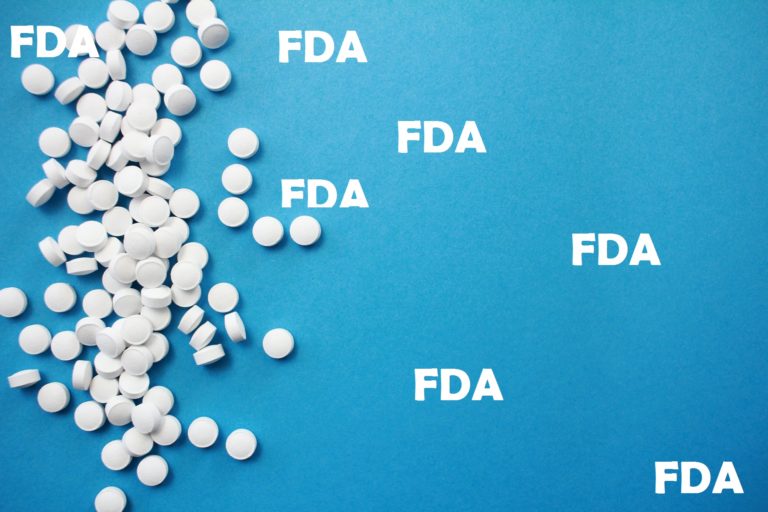June 18, 2020: “Pfizer Inc. and Sangamo Therapeutics, Inc. announced updated follow-up data from the Phase 1/2 study of giroctocogene fitelparvovec (SB-525, or PF-07055480), an investigational gene therapy for patients with severe hemophilia A.
All five patients with severe hemophilia A who received the 3e13 vg/kg dose showed sustained factor VIII (FVIII) activity levels, with a median of 64.2% via chromogenic assay (patient-level geometric means after week 9 post-infusion).
No patients experienced bleeding events or required FVIII infusions. The factor VIII activity levels reflect measurements up to 61 weeks, the extent of follow-up for the longest-treated patient in the cohort.
These data are being presented today as a late-breaking oral abstract at the World Federation of Hemophilia 2020 World Congress, which is being held virtually from June 14 to June 19, 2020.
Giroctocogene fitelparvovec was generally well tolerated. As previously reported, one patient in the 3e13 vg/kg dose cohort had a treatment-related serious adverse event of hypotension (grade 3) and fever (grade 2), with symptoms of headache and tachycardia, which occurred six hours post-infusion with giroctocogene fitelparvovec, and which fully resolved within 24 hours.
No other treatment-related serious adverse events were reported. Among the five patients in the 3e13 vg/kg dose cohort, four received corticosteroids for liver enzyme (alanine aminotransferase, ALT) elevations.
Three patients had subsequent ALT elevations that responded to corticosteroids. All episodes of ALT elevations fully resolved with oral corticosteroids.
“We are excited that these data affirm previous findings from this Phase 1/2 study, and that all five patients have sustained levels of factor VIII activity with no bleeding events or use of factor replacement therapy.
We are encouraged by the potential of giroctocogene fitelparvovec to demonstrate longer-term durability, an important element for patients living with severe hemophilia A,” said Seng Cheng, Senior Vice President and Chief Scientific Officer of Pfizer’s Rare Disease Research Unit.
“The Phase 3 lead in study is ongoing, and we look forward to dosing patients with this investigational gene therapy in the pivotal Phase 3 trial later this year.”
“The current standard of care for severe hemophilia A requires regular infusions to replace missing Factor VIII.
Gene therapy, on the other hand, offers a new approach with the potential to provide a one-time treatment that would enable patients to produce the missing factor on their own,” said Bettina M. Cockroft, M.D., M.B.A., Chief Medical Officer of Sangamo.
“These follow-up data indicate that treatment with giroctocogene fitelparvovec resulted in sustained factor levels up to 14 months following treatment and suggests the potential of this investigational gene therapy to alleviate the treatment burden of current hemophilia disease management.”
The additional follow-up builds on data presented at the 61st Annual Meeting of the American Society of Hematology (ASH) in December 2019, which demonstrated that giroctocogene fitelparvovec was generally well tolerated and resulted in sustained FVIII levels up to 44 weeks, the extent of follow-up for the longest-treated patient in the 3e13 vg/kg dose cohort at that time.
The previously presented data included 11 patients treated across four ascending dose cohorts: 9e11 vg/kg (2 patients), 2e12 vg/kg (2 patients), 1e13 vg/kg (2 patients) and 3e13 vg/kg (5 patients).
Pfizer and Sangamo plan to present further follow-up data from the Alta study when all five patients in the 3e13 vg/kg dose cohort have been followed for at least one year.
Alta study
The Phase 1/2 Alta study is an open-label, dose-ranging, multicenter clinical trial designed to assess the safety and tolerability of giroctocogene fitelparvovec in patients with severe hemophilia A.
The mean age of the 11 patients assessed across four dose cohorts is 30 years (range 18-47 years). All 11 patients are male.
The U.S. Food and Drug Administration has granted Orphan Drug, Fast Track, and regenerative medicine advanced therapy (RMAT) designations to giroctocogene fitelparvovec, which also received Orphan Medicinal Product designation from the European Medicines Agency.
Giroctocogene fitelparvovec is being developed as part of a collaboration agreement for the global development and commercialization of gene therapies for hemophilia A between Sangamo and Pfizer.
Giroctocogene fitelparvovec
Giroctocogene fitelparvovec (SB-525 or PF-07055480), comprises a recombinant adeno-associated virus serotype 6 vector (AAV6) encoding the complementary deoxyribonucleic acid for B domain deleted human FVIII.
The giroctocogene fitelparvovec expression cassette was designed for optimal liver-specific expression of FVIII protein and supports production of high yields of the vector.
The giroctocogene fitelparvovec transcriptional cassette incorporates multi-factorial modifications to the liver-specific promoter module, FVIII transgene, synthetic polyadenylation signal and vector backbone sequence.
In late 2019, Sangamo transferred the manufacturing technology and the Investigational New Drug (IND) application to Pfizer. Pfizer is enrolling patients in the Phase 3 lead-in study (ClinicalTrials.gov Identifier: NCT03587116), the data from which is expected to provide a baseline for patients who are subsequently enrolled into the pivotal Phase 3 study (ClinicalTrials.gov Identifier: NCT04370054).
The primary endpoint of the Phase 3 study is annualized bleeding rate (ABR) over 12 months, and secondary endpoints include steady state FVIII activity levels, annualized infusion rate of exogenous FVIII activity, annualized FVIII consumption, ABR and total ABR of specific type by cause and by location, and change in joint health using Hemophilia Joint Health Score, over 12 months.”
https://www.pfizer.com/news/press-release/press-release-detail/pfizer-and-sangamo-announce-updated-phase-12-results










